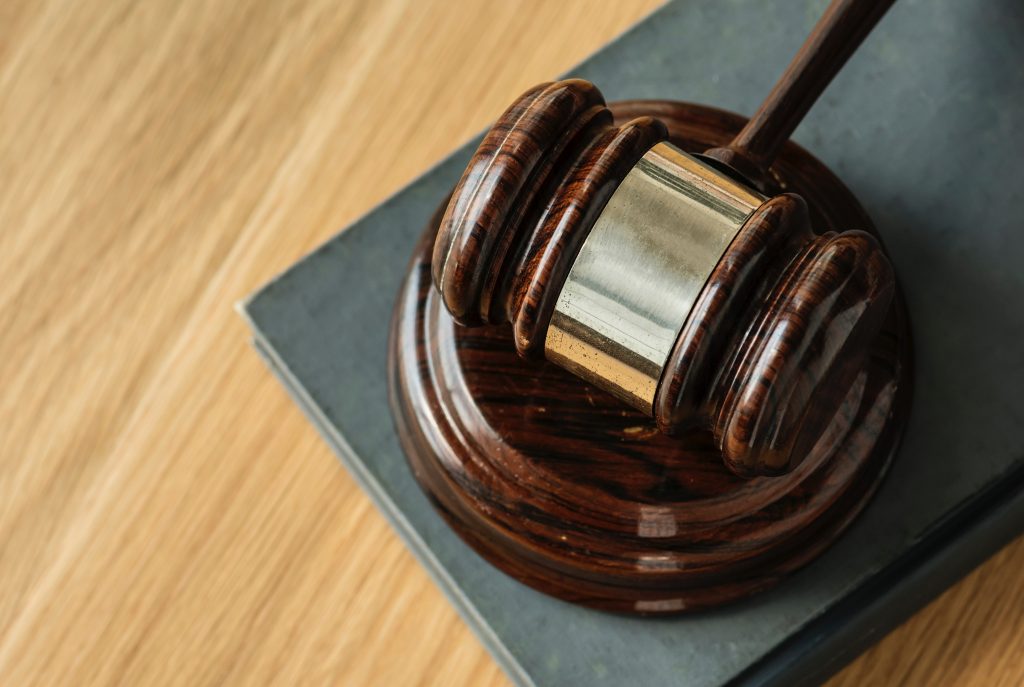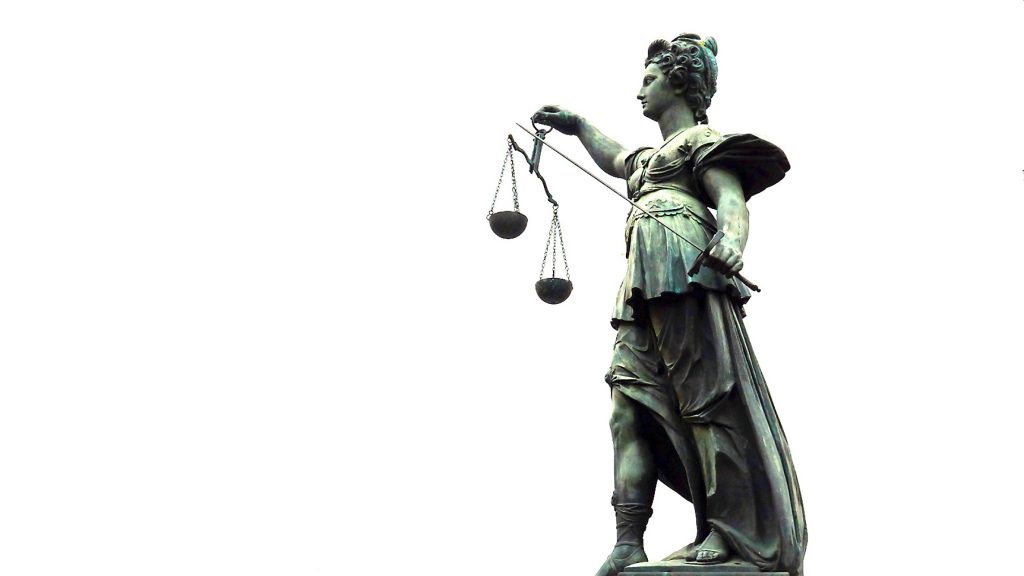In a previous litigation involving ZTE (but not the plaintiff), ZTE entered into a consulting arrangement with Dr. Madisetti. ZTE asserted that ZTE provided Dr. Madisetti with confidential information under the consulting agreement. When the plaintiff in this case, Bell Northern Research (“BNR”) retained Dr. Madisetti as an expert against ZTE, ZTE moved for a protective order to preclude BNR from using Dr. Madisetti as an expert.
ZTE initially asserted that the terms of the Consulting Agreement prohibited Dr. Madisetti from serving as an expert for BNR in this case. BNR responded to that argument that the Agreement is no longer valid and Dr. Madisetti’s expertise in the current litigation would not involve products at issue in the previous matter.
The court agreed with ZTE, noting that the Consulting Agreement provided that it would terminate after the longest of three distinct time periods. “Though two years have passed from the effective date of the Agreement, the latter two time periods are not yet complete. First, Dr. Madisetti has not necessarily completed all work performed under the agreement, because the InterDigital District Litigation remains stayed, and there is a chance that more claims may arise. Second, because the InterDigital District Litigation is currently stayed and not complete—meaning the requisite one-year period following the close of that case has not yet begun—the agreement remains in effect. While BNR is correct that the InterDigital District Litigation has been stayed for a long time and that ZTE has advocated for the litigation to end, the fact remains that the litigation has not ended and therefore, the Consulting Agreement between ZTE and Dr. Madisetti remains in effect.”
 Patent Lawyer Blog
Patent Lawyer Blog


 In this patent infringement action, the defendants, Synergistics, Inc. (“Synergistics”), filed a motion to dismiss the complaint for lack of personal jurisdiction. The plaintiff, Parabit Systems, Inc. (“Parabit”), opposed the motion on the ground that it was not required to establish personal jurisdiction in the complaint and that Synergistics had failed to come forward with any evidence that the district court did not have personal jurisdiction over it.
In this patent infringement action, the defendants, Synergistics, Inc. (“Synergistics”), filed a motion to dismiss the complaint for lack of personal jurisdiction. The plaintiff, Parabit Systems, Inc. (“Parabit”), opposed the motion on the ground that it was not required to establish personal jurisdiction in the complaint and that Synergistics had failed to come forward with any evidence that the district court did not have personal jurisdiction over it. In this patent infringement action, the plaintiff, International Designs Corporation, LLC (“IDC”), moved to disqualify the counsel for defendant Hair Art Int’l, Inc. (“Hair Art”). IDC moved to disqualify counsel for Hair Art on the grounds that Hair Art’s counsel also represented/represents an entity named Halo Couture, LLC, a California limited liability company (“HC1”) and, potentially, Halo Couture, LLC, a Delaware limited liability company (“HC2”), which were apparently “sister companies” of IDC and share a common parent.
In this patent infringement action, the plaintiff, International Designs Corporation, LLC (“IDC”), moved to disqualify the counsel for defendant Hair Art Int’l, Inc. (“Hair Art”). IDC moved to disqualify counsel for Hair Art on the grounds that Hair Art’s counsel also represented/represents an entity named Halo Couture, LLC, a California limited liability company (“HC1”) and, potentially, Halo Couture, LLC, a Delaware limited liability company (“HC2”), which were apparently “sister companies” of IDC and share a common parent. Stuebing had previously served multiple discovery requests, including interrogatories and document requests. Over a year after responses to the discovery requests were due, the district court ordered the defendant to fully respond to the requests in several different court orders. Despite these orders, the defendant provided Stuebing with incomplete discovery information.
Stuebing had previously served multiple discovery requests, including interrogatories and document requests. Over a year after responses to the discovery requests were due, the district court ordered the defendant to fully respond to the requests in several different court orders. Despite these orders, the defendant provided Stuebing with incomplete discovery information.